We’re so excited to bring you our latest NAPPA Award winners, great for babies, toddlers and Mom.
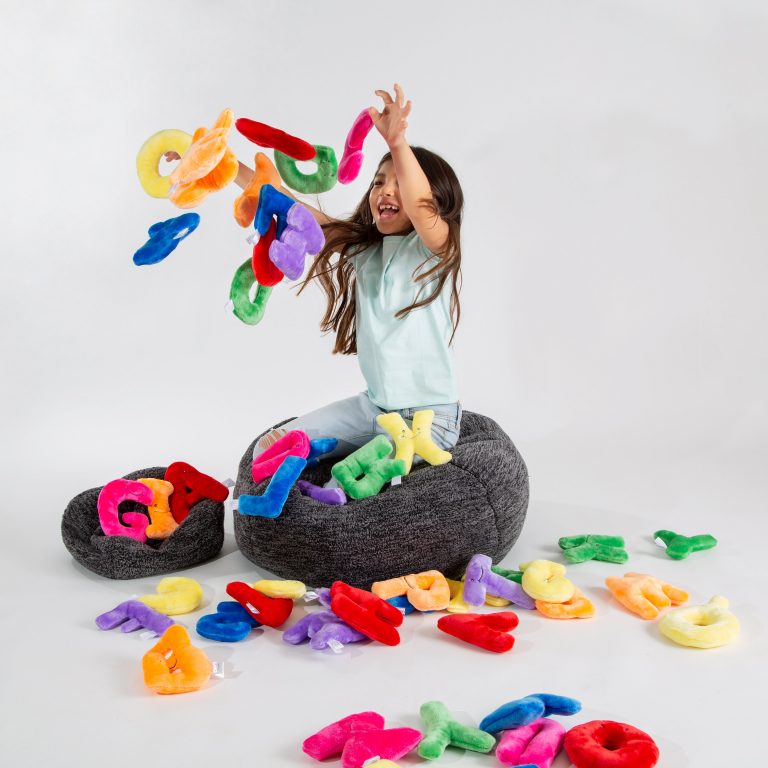
A cozy, cuddly seat full of wonder and play. The soft plush Alphabag is fully lined and includes 26 Alphapals plush letters hidden inside. Each letter includes the trademark signature embroidered smiley face, giving each letter its own personality. $195, ages 2-4, alphapals.com
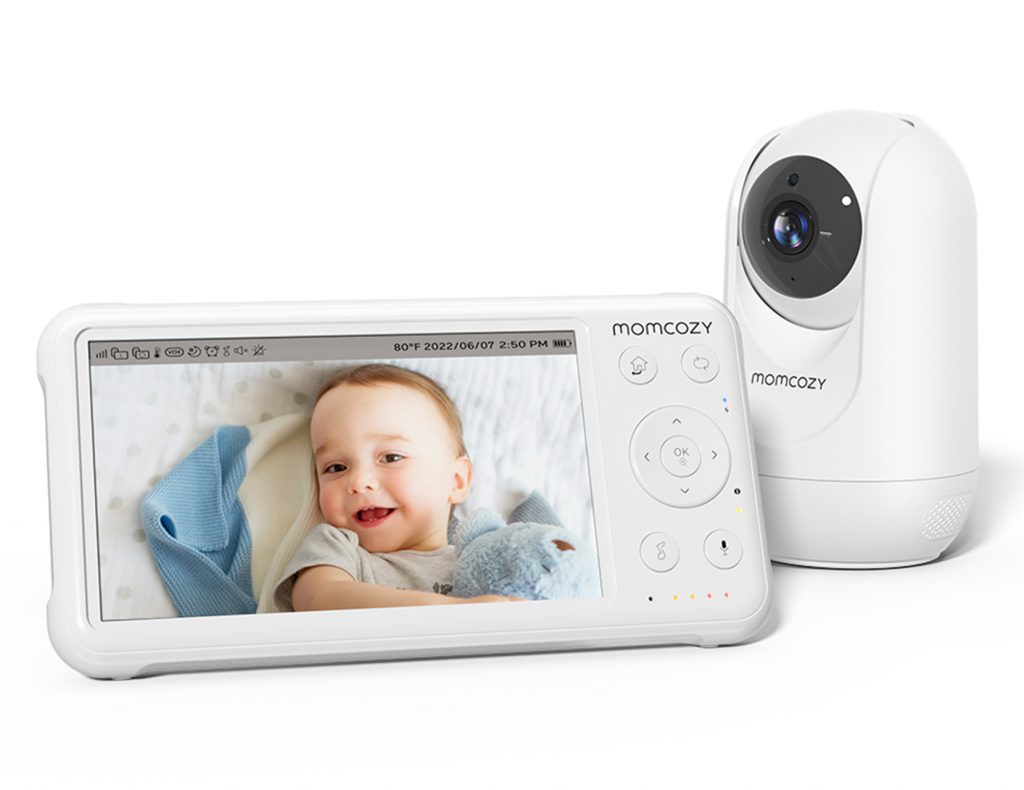
Featuring a non-WIFI and hack-proof system that’s super easy to setup and provides a 360 all-around field of view, full HD camera and great picture quality. The long battery life provides 11.5 hours with display on and up to 22 hours with display off. $159.99, ages birth+, momcozy.com
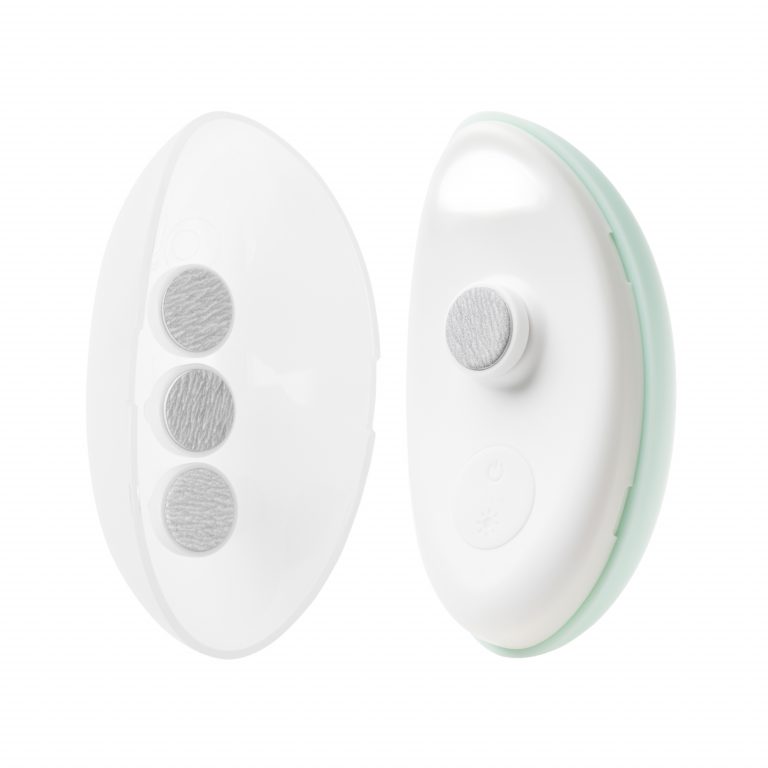
Features gentle rotating filing pads, preventing potential damage to surrounding skin, cuticles and nail beds. Equipped with a built-in LED light for optimal visibility. $49.99, ages 0-3 years, olababy.com
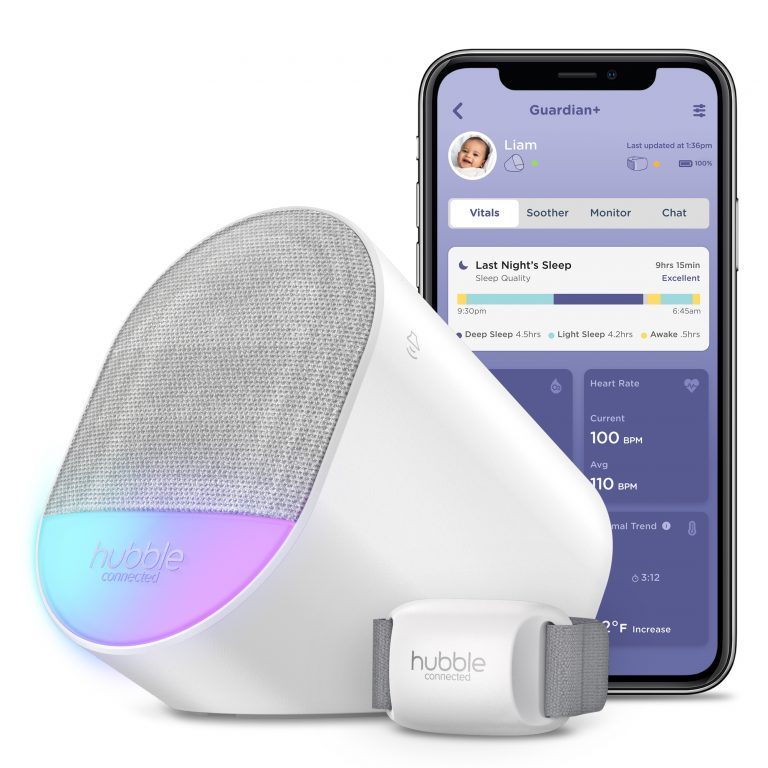
Features a soft wearable strap with a sensor and a Base Station. Wraps gently around the baby’s ankle and tracks sleep quality indicators such as heart rate and oxygen levels. The Base includes a nightlight and speaker that streams hundreds of sleep sounds. $149.99, ages birth-2 years, hubbleconnected.com
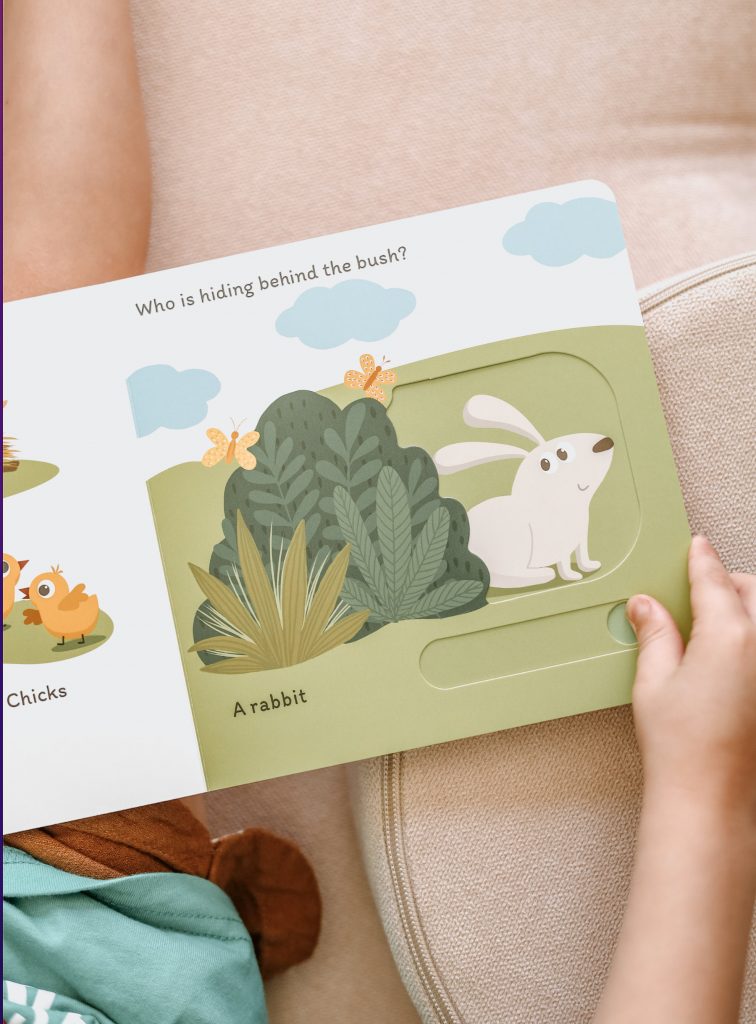
Bond with baby and build emotional security through a cozy reading ritual. This board book with whimsical illustrations introduces kids to the fun world of barnyard friends. Includes interactive features. $17.95, ages 6 months – 3 years, lilbigworld.com

A smart HD baby monitor made up of a 5-inch-screen parent unit and a dual-lens camera. Provides close-up and wide-angle viewing, along with AI motion tracking. Also allows for two-way audio talk, and can be controlled using the free app. $229.99, ages birth+, hubbleconnected.com

Non-toxic and waterproof with a removable washable and breathable pad. The dual-firmness design flips from a firm infant side to a cushion-firm toddler side. $279, ages infant-toddler, lullabyearth.com
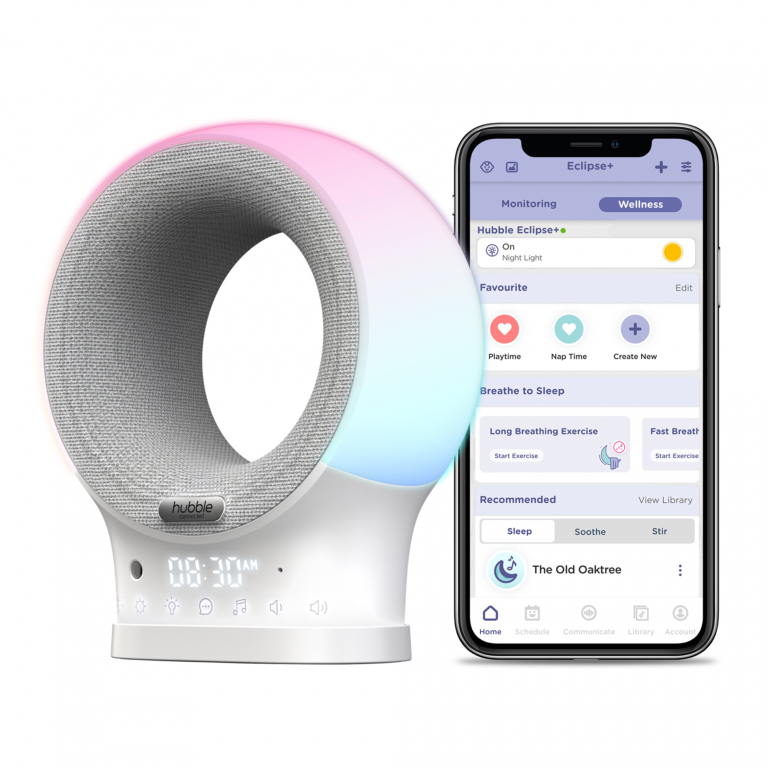
A smart soother and Wi-Fi audio monitor. Comes equipped with a customizable multi-color night light, preloaded lullabies and hundreds of expert-curated soothing sounds and bedtime stories. Includes a digital clock and a wireless charging base so it can be moved room to room. $79.99, ages birth-5 years, hubbleconnected.com


























